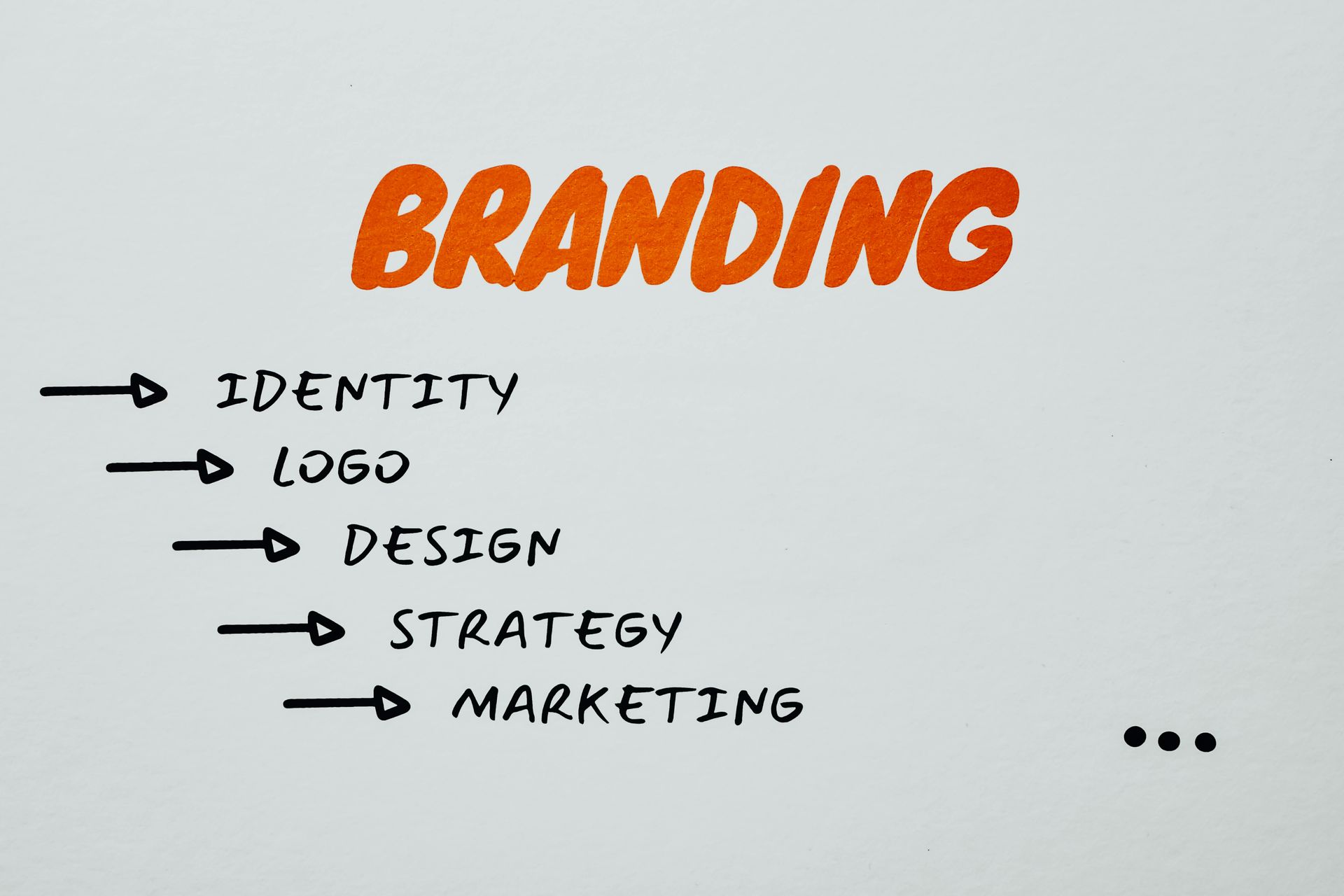Content Gap Analysis: A Guide

“Content is King” was a very popular marketing catchphrase 10+ years ago. In his book, Duct Tape Marketing , our friend and colleague John Jantsch disrupted that thinking with his insight that content is more like air. Every business needs content to thrive.
Given how important content is to your marketing plan, it’s always smart to make sure your content strategy doesn’t have any holes. We call that a content gap analysis. The purpose of performing a content gap analysis is pretty self-explanatory; this strategy gives you a birds-eye view of topics and keywords that you’re missing in your content even though they are relevant to your target demographic. If you don’t have this content on your website or within your digital marketing assets and your competitors do, guess who they’ll end up shopping with.

Why Does a Content Gap Analysis Matter?
If you’re not seeing the conversions and engagement you’d hoped for from your content marketing, the type of content you think your customers want is probably much different than what they actually want. There’s no shortage of jargon, tips, tricks, and best practices floating around there when it comes to creating content that truly speaks to your customers, and many of them work, and when implemented correctly, they work well. That said, there are only a handful of those strategies that use quantifiable data to help guide content creation.
A content gap analysis will bridge the gap between your idea and your customers’ idea of content. Now more than ever, consumers are looking to be educated, and want brands and businesses to solve their pain points. When you give them those solutions, you empower them to make a purchase decision that ends at your bottom line. Additionally, a content gap analysis can uncover niche, underserved sub-demographics within your target audience.
Performing a Content Gap Analysis
The good news is that a content gap analysis can be an easy, replicable process that you can perform consistently to keep tweaking your content strategy in real-time.
- Establish a buyer’s journey: It’s common knowledge that personalized content is more effective than generic content. Typically, the buyer’s journey exists in three distinct phases — awareness, consideration, and decision — but really depends on the type of products and services your business offers. Think about what questions shoppers are asking, where they’re looking, and how they finally decide to make a purchase.
- Get feedback: Contact your loyal customers and interview them to see what you’re doing well, and where your business might be failing to meet their needs. Graft a Google survey with the interview questions and offer an incentive like a discount or gift card for participating. You can also tap into your professional networks to connect with industry experts to pick their brains about insight into the buyer’s journey.
- Research and establish keywords: Once you have the results of customer and industry expert feedback, you’ll be able to pinpoint the most common keywords and phrases that searchers are typing in when looking for businesses like yours. There are plenty of different ways to perform keyword research with countless tools available, so it doesn’t matter exactly how you do it, but it needs to be done.
- Review existing content: Just because you have content already, it doesn’t mean that it’s working to convert visitors to customers. Use a spreadsheet to compile a list of the content types and topics you currently have and identify the metrics that indicate how well (or how poorly) that content is performing and how to better connect it with the buyer’s journey you mapped out.
- Check out the competition: Take a look at what your competitors are putting out in terms of content. Is there anything your site is missing in comparison? Can you draw any inspiration from their out-of-the-box ideas? Take notes for your own content strategy, and talk to a marketing expert about tools to use to track the metrics of how well that content is performing.
- Put it all together: Using the data you gleaned from the first five steps, connect everything to brainstorm the best content topics to fill the gaps you’ve uncovered. You’ll also want to update your content strategy to avoid gaps going forward.
While the content gap analysis process is straightforward and effective, it can be time-intensive — especially for business owners who aren’t comfortable with hands-on marketing. It’s a great idea to bring in a team of marketing experts like the pros here at Cole-Dalton to tackle the work and remain your partner to implement other strategies along the way.
Whether you just want your content to look professional to prospective customers or employees who are “kicking your tires” or if you also want to use your content to gain a steady stream of new leads and phone calls generated from Google searches that lead to your website, we can help.
The post Content Gap Analysis: A Guide appeared first on Cole Dalton.










